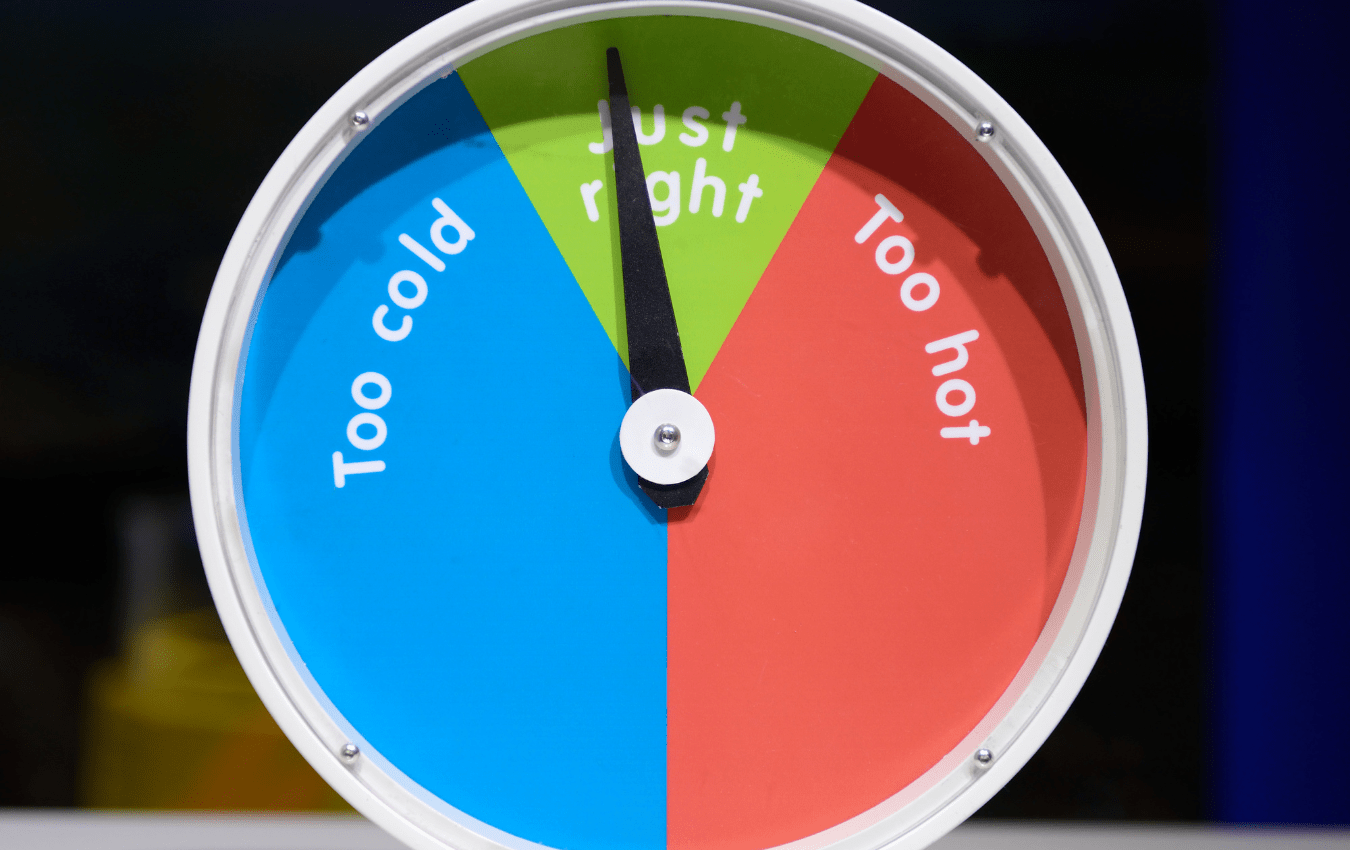Home » How to Reduce the Risk of Glass Breaking During Transit
How to Reduce the Risk of Glass Breaking During Transit
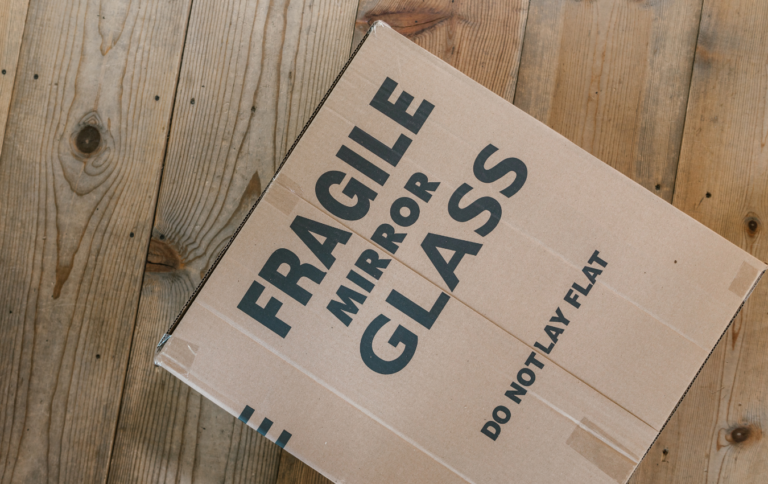
Shipping glass products can be challenging due to their fragile nature. Whether you’re shipping glass jars, bottles, or other delicate items, the packaging you choose plays a critical role in ensuring their safe arrival. This guide provides practical strategies and materials to protect glass during transit, reducing the risk of damage.
Tips for Protecting Glass During Transit
Minimize Empty Space
Empty space inside the package allows glass items to move around, increasing the likelihood of breakage.
• Choose packaging that closely fits your product dimensions.
• Fill any gaps with cushioning materials like foam, packing peanuts, or bubble wrap.
Pro Tip: Use dividers or molded inserts to keep multiple items secure and separate.
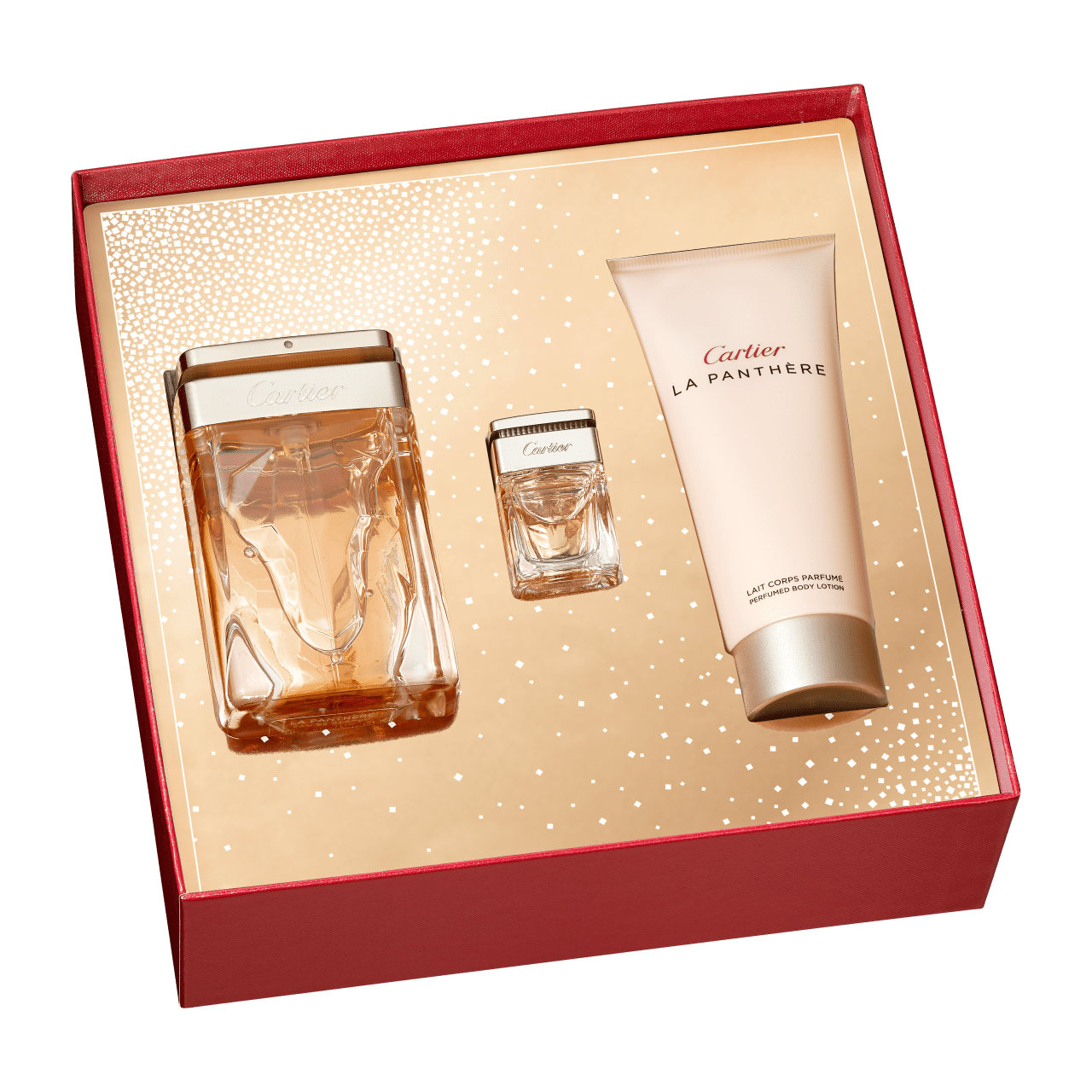
Use Durable Boxes
Your choice of shipping box can make or break your packaging strategy—literally.
• Sturdy cardboard or corrugated boxes provide better protection than thin or flimsy options.
• Consider weather-resistant materials to protect against moisture during transit.
Pro Tip: Double-boxing adds an extra layer of protection for particularly fragile or valuable glass items.
Invest in Custom Packaging
Custom packaging solutions are tailored to your product’s specific needs.
• Custom-fitted boxes, foam or molded pulp inserts keep items secure and reduce movement.
• These options often incorporate materials designed to absorb shock and protect against impacts.
Pro Tip: Custom packaging may have a higher upfront cost but often saves money by reducing breakage and returns.

Test Your Packaging Before Shipping
Simulate real-world shipping conditions to identify potential weaknesses in your packaging.
• Drop tests and vibration tests can help ensure your materials hold up under stress.
• Make adjustments to address any vulnerabilities.
Pro Tip: Testing your packaging can also help you optimize material usage, balancing protection with cost efficiency.
Best Materials for Shipping Glass
Bubble Wrap
Lightweight and versatile, bubble wrap provides excellent cushioning.
• Use it to wrap individual items tightly and secure with tape.
• Place additional layers around the product if needed.
Cons: Not eco-friendly and can be time-consuming to apply.
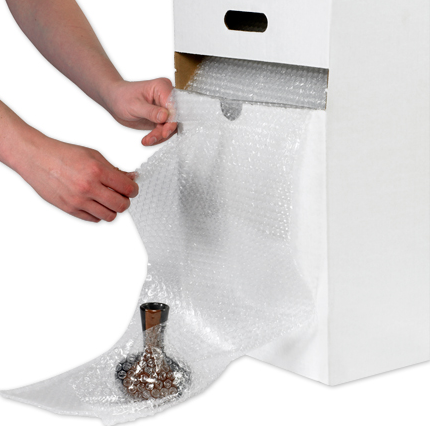
Molded Pulp Inserts
Custom-shaped from recycled materials, molded pulp provides a snug fit for glass items.
• Protects against movement and shock.
• Biodegradable and easy to recycle.
Cons: Higher cost and requires a steady supply of recycled materials.
Corrugated, Chipboard, Foam Inserts & Partitions
These inserts help stabilize and protect individual items during transit.
• Corrugated inserts offer strong structural support and can be customized to fit product shapes.
• Chipboard inserts provide a thinner, eco-friendly option ideal for lighter products or presentation.
• Foam inserts absorb shock and protect fragile items with precision cutouts.
• Partitions keep multiple items separated to prevent internal impact.
Cons: May require custom tooling or design, but provide significant value in protection and product organization.
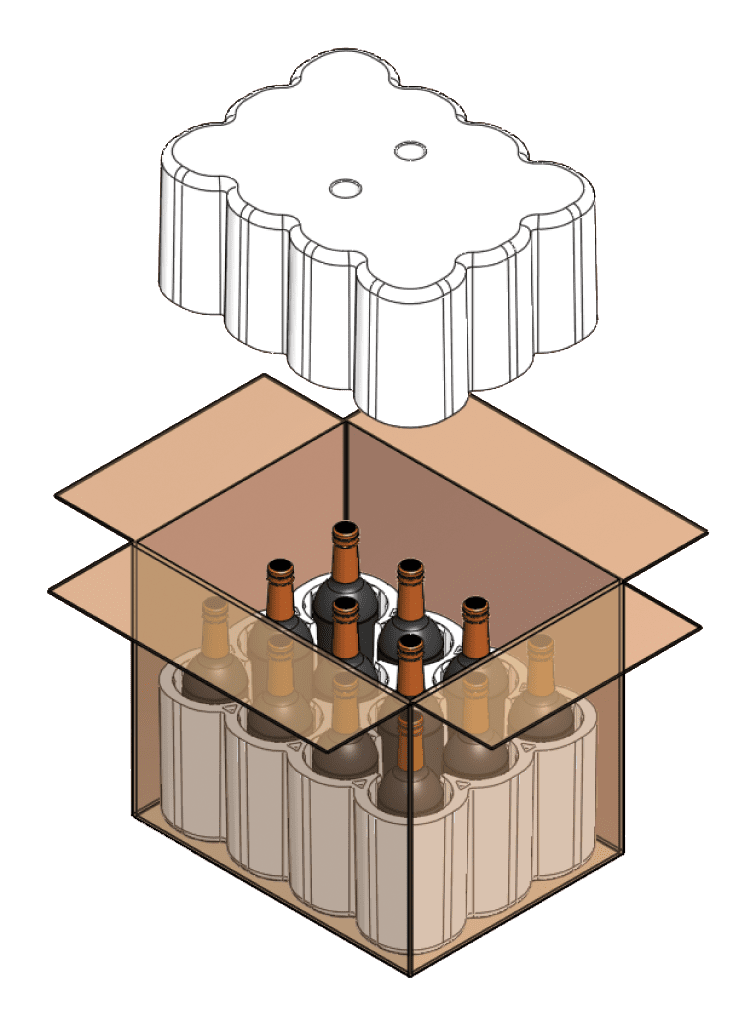
Wrapping Paper
An affordable and eco-friendly option for additional cushioning.
• Use in combination with other materials to fill gaps or wrap items.
Cons: Thin and unable to absorb significant shock on its own.
Packing Peanuts
Lightweight and shock-absorbent, packing peanuts fill empty spaces effectively.
• Ensure items are tightly surrounded to prevent shifting.
Cons: Less environmentally friendly and can be messy to handle.
How to Pack Glass Jars for Shipping
Wrap Each Jar Securely: Use bubble wrap, molded pulp, or other protective materials.
Insert Dividers: Keep jars separate to avoid collisions.
Seal Liquids: Place liquid-filled jars in leak-proof bags before wrapping.
Fill Empty Spaces: Use packing peanuts or crumpled paper to stabilize items.
Reinforce the Box: Use sturdy tape to seal the box and reinforce the seams.
Final Packing Steps
Layer the Base: Place at least 3 inches of cushioning material at the bottom of the box.
Position the Items: Place glass products in the center, away from edges.
Top Layer: Add another layer of cushioning to protect the top.
Seal and Label: Secure the box with packing tape and add “Fragile” labels to inform handlers.
Why Proper Packaging Matters
Shipping fragile items like glass is a challenge, but investing in the right packaging materials and techniques can significantly reduce breakage. Properly protected items not only ensure customer satisfaction but also save you money on replacements and returns.
Need expert advice on packaging solutions?
Contact us today to explore custom options for your shipping needs!
RSC boxes are known for their efficiency and versatility, but their performance ultimately comes down to strength. Buyers often see numbers like ECT, BCT, and burst strength on specifications —
In packaging, foam isn’t just about initial protection — it’s about maintaining performance over the entire shipping or storage cycle. Compression set and recovery characteristics determine whether foam continues to
Pouches are a go-to for flexibility and convenience, but they can fail in critical ways—from poor seals to punctures and delamination—that hurt performance and brand reputation. Understanding these failure points
In the retail environment, the placement of Point of Purchase (POP) displays is just as critical as their design and content. Strategic positioning can significantly influence consumer behavior, increase product
Home » How to Reduce the Risk of Glass Breaking During Transit



